A secure online primary for President
After the first Presidential debate, we sprinted for two weeks to pull together the Democratic primary that should have happened much earlier. It used modern cryptography to allow people to vote from home, for free, with minimal fraud risk, and with publically auditable results.
This was the voting flow:
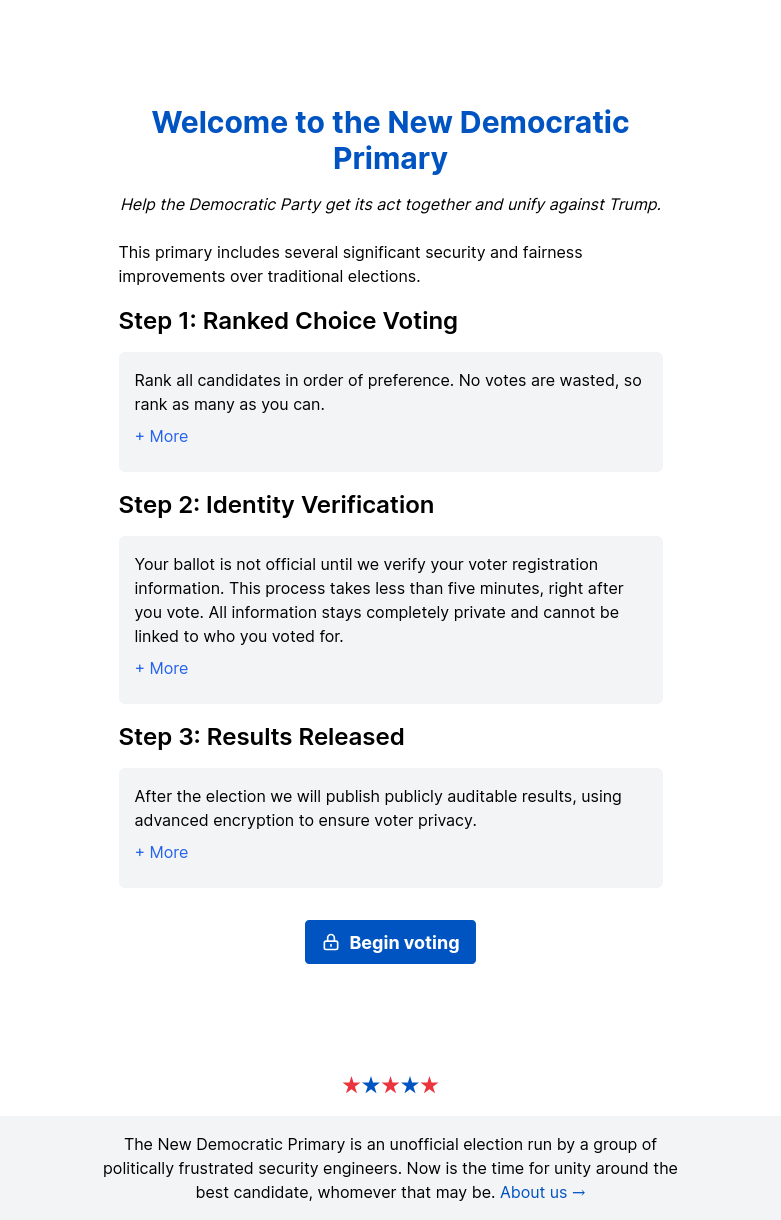
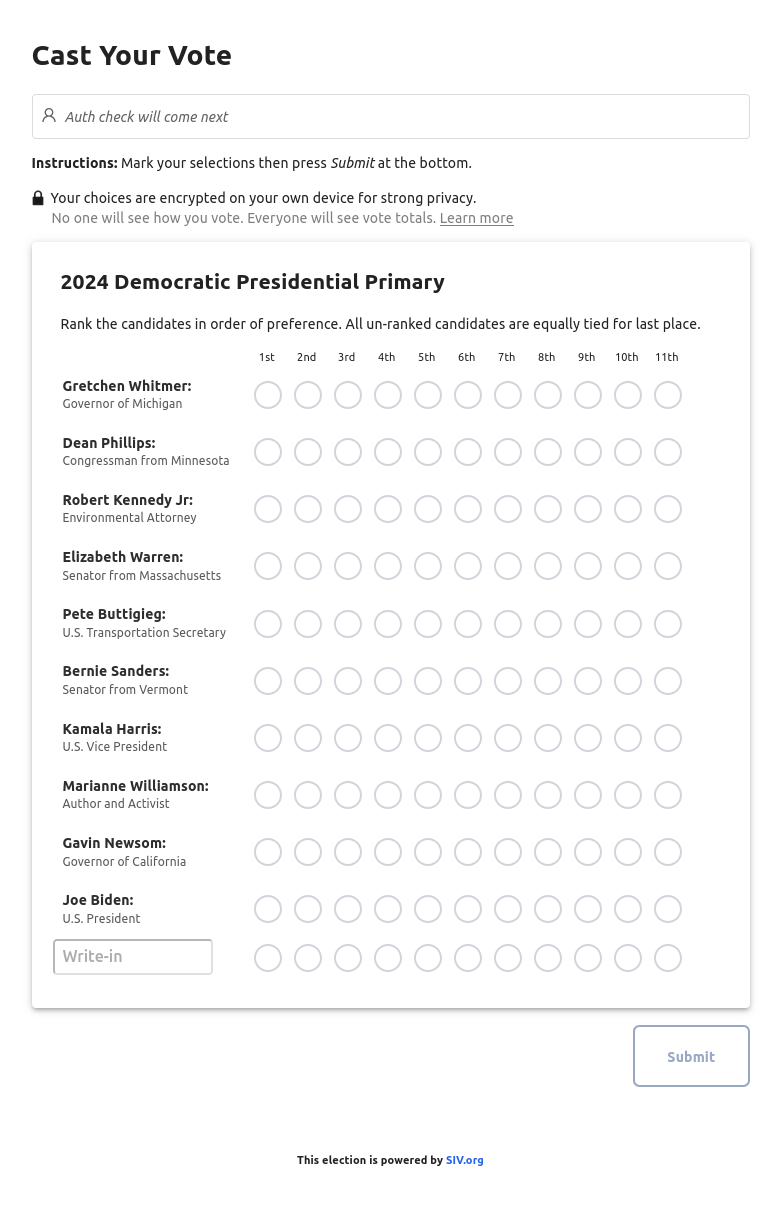
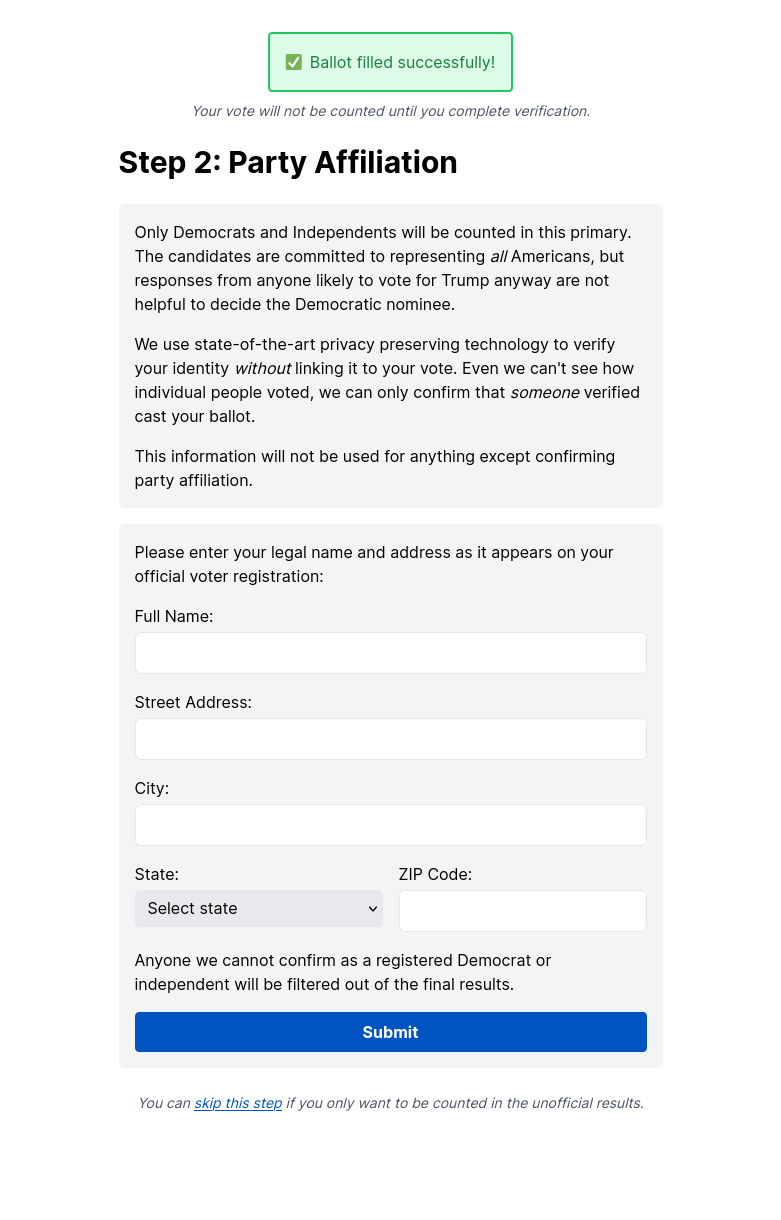
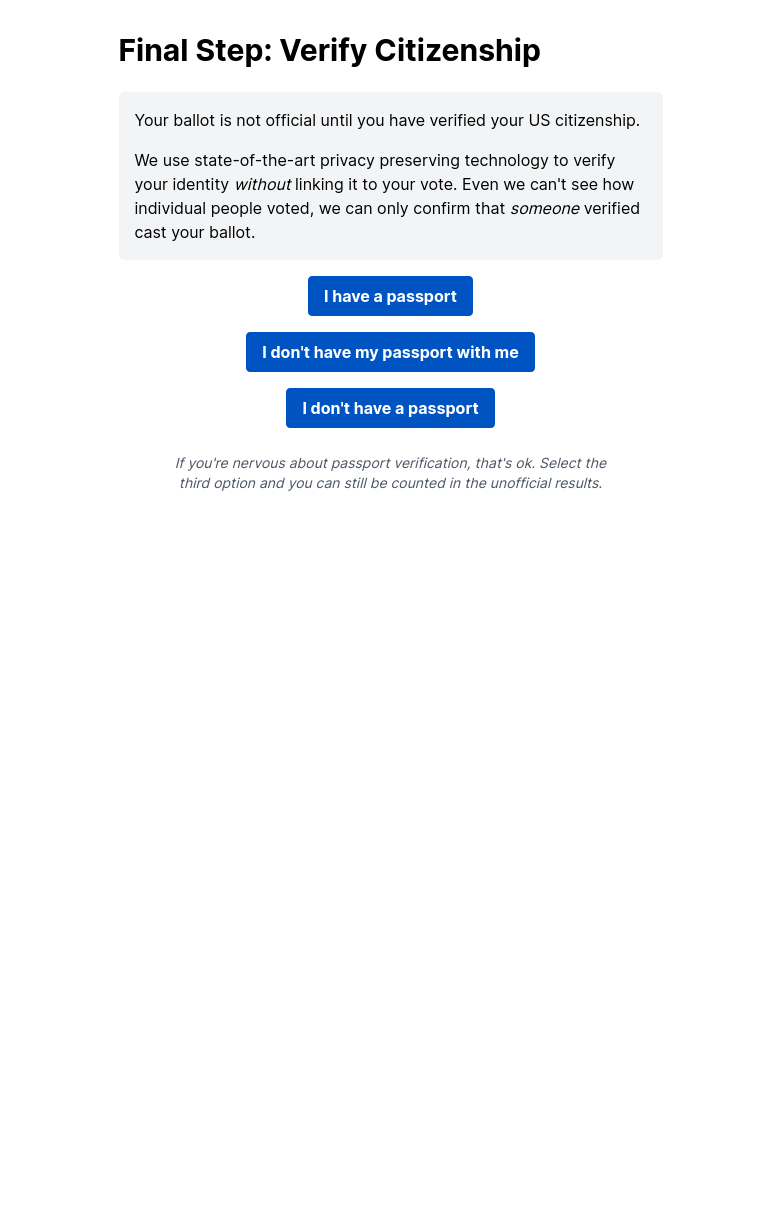
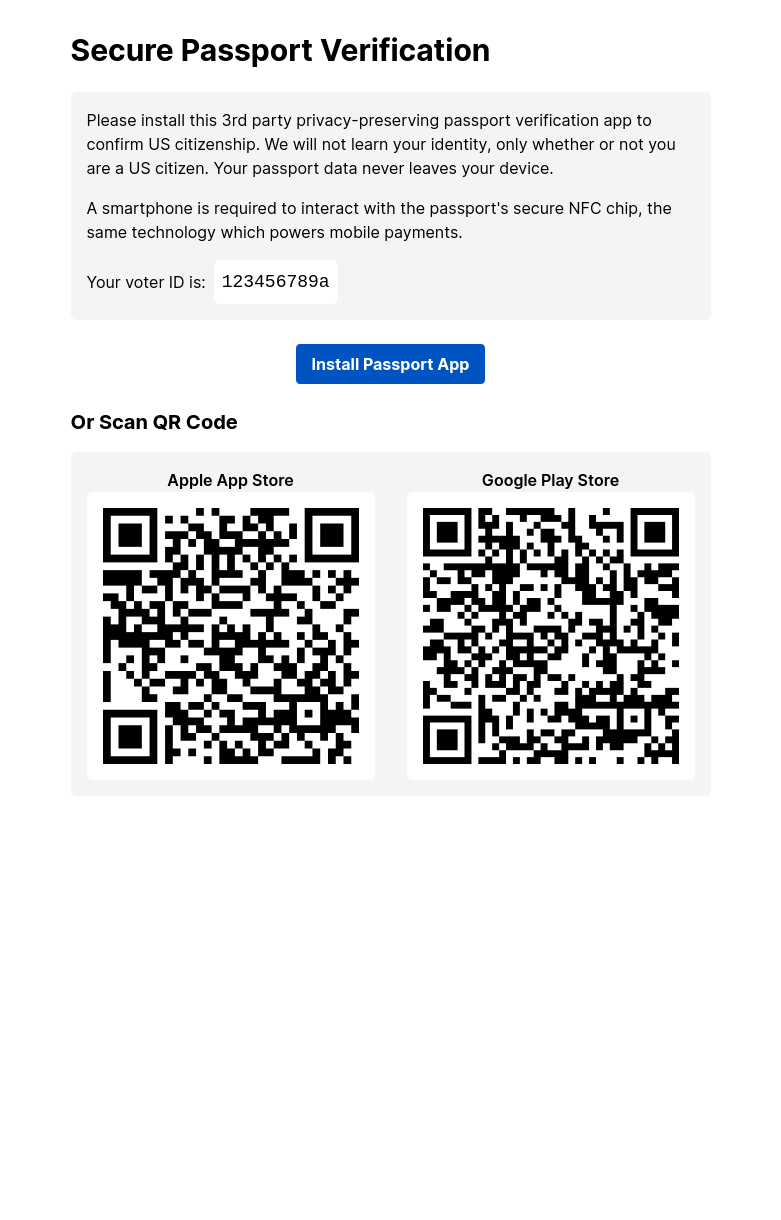
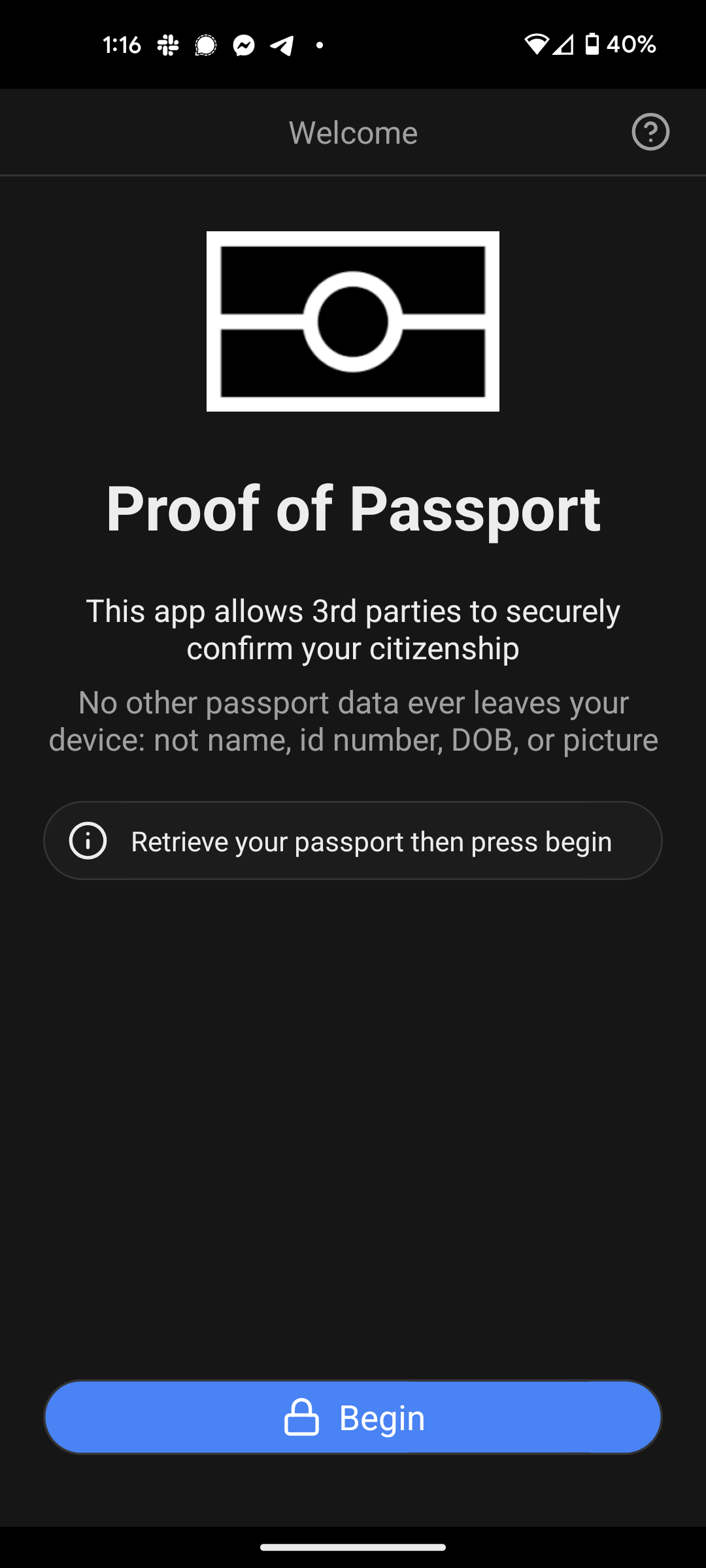
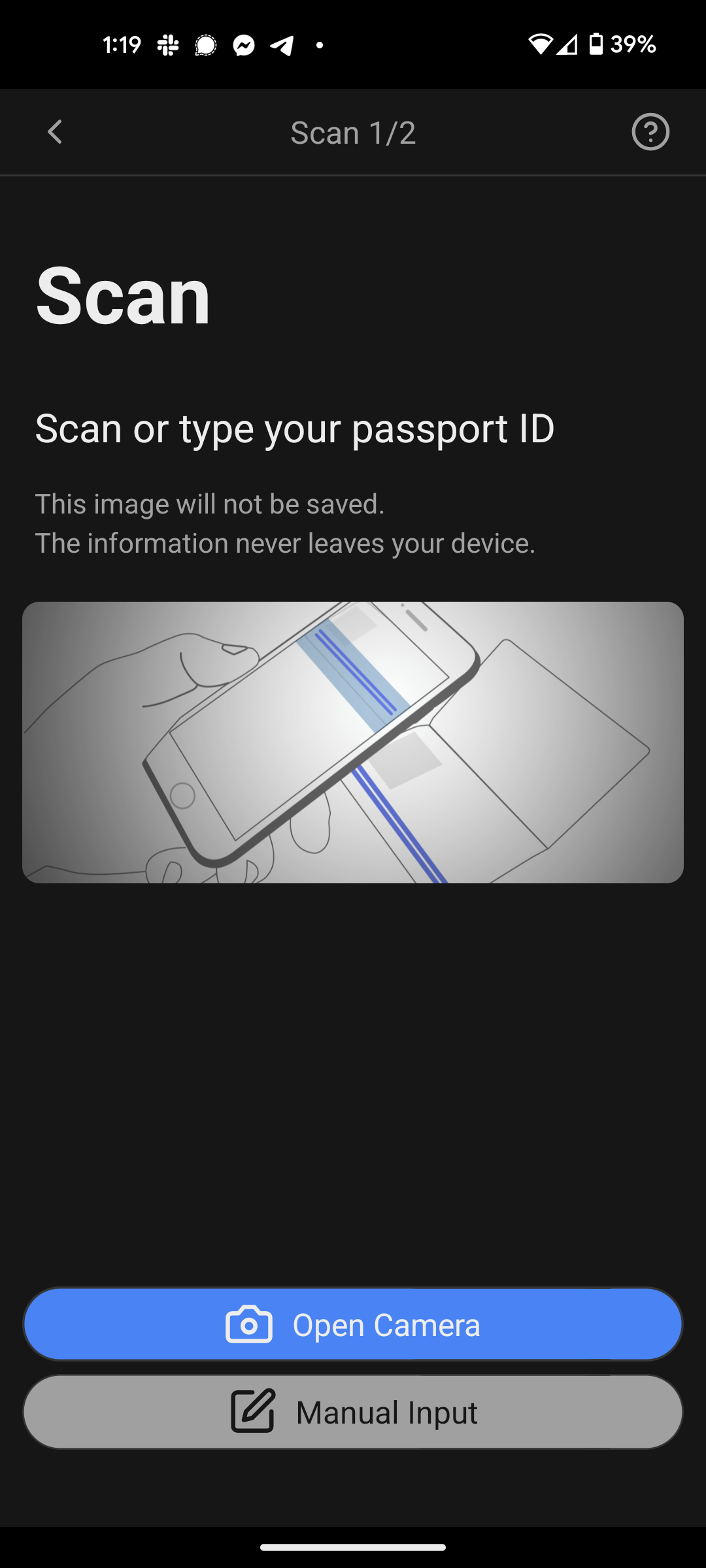
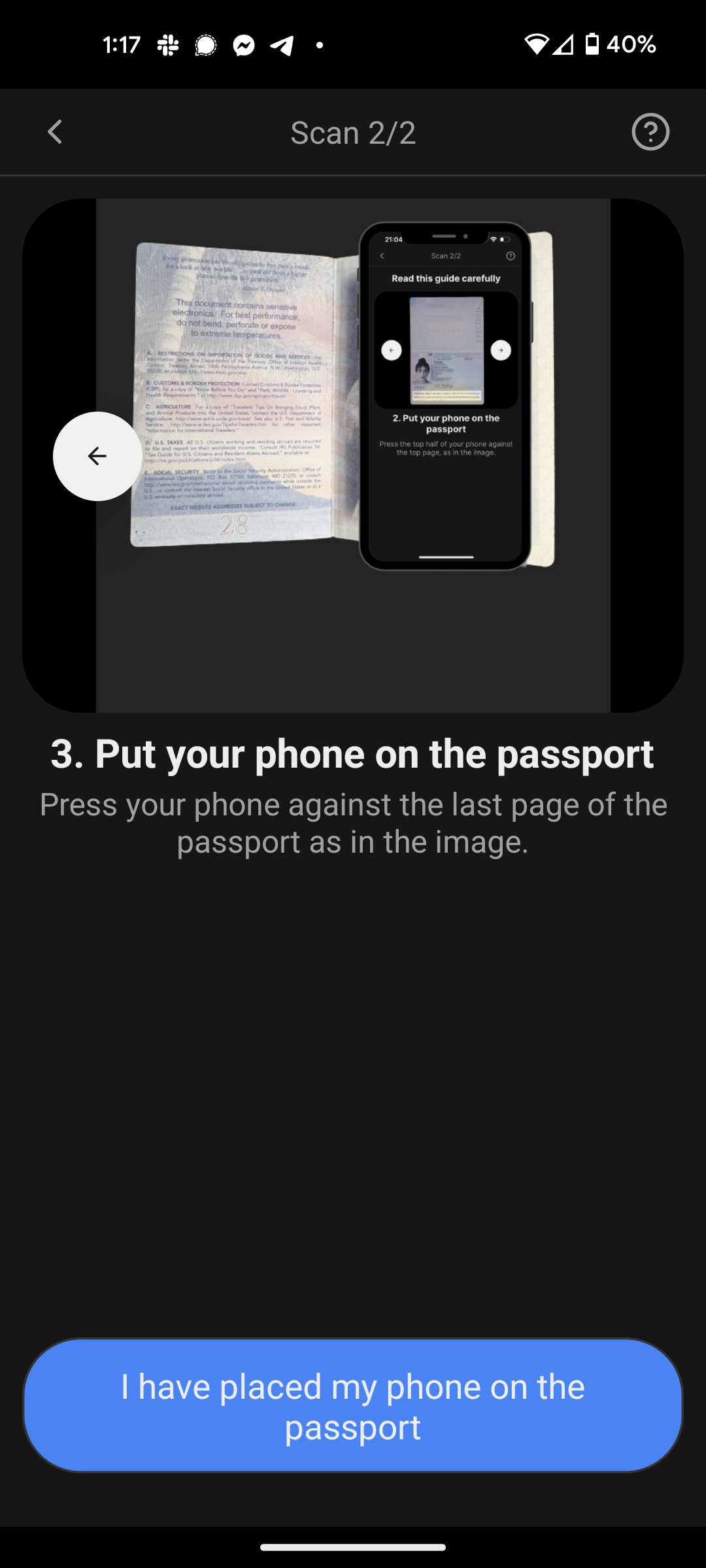
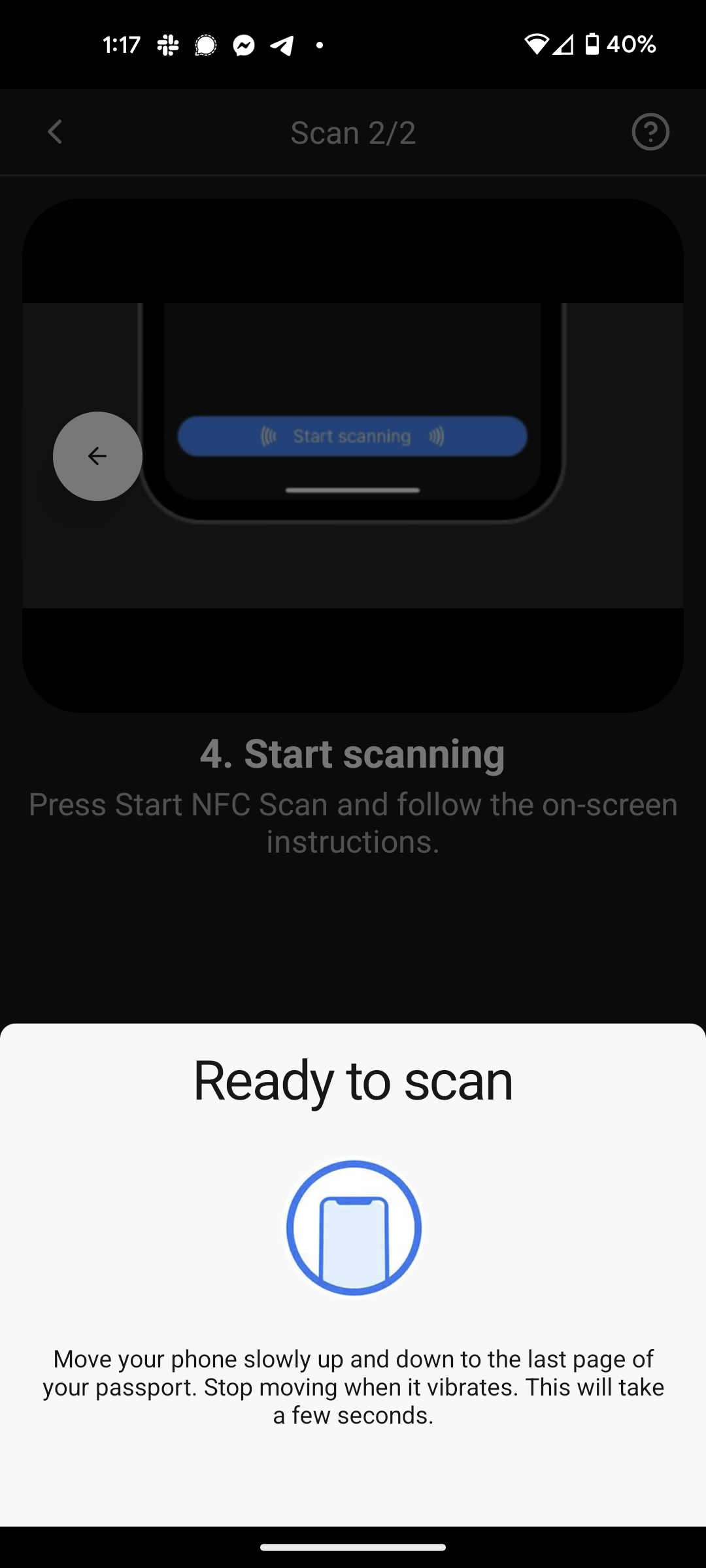
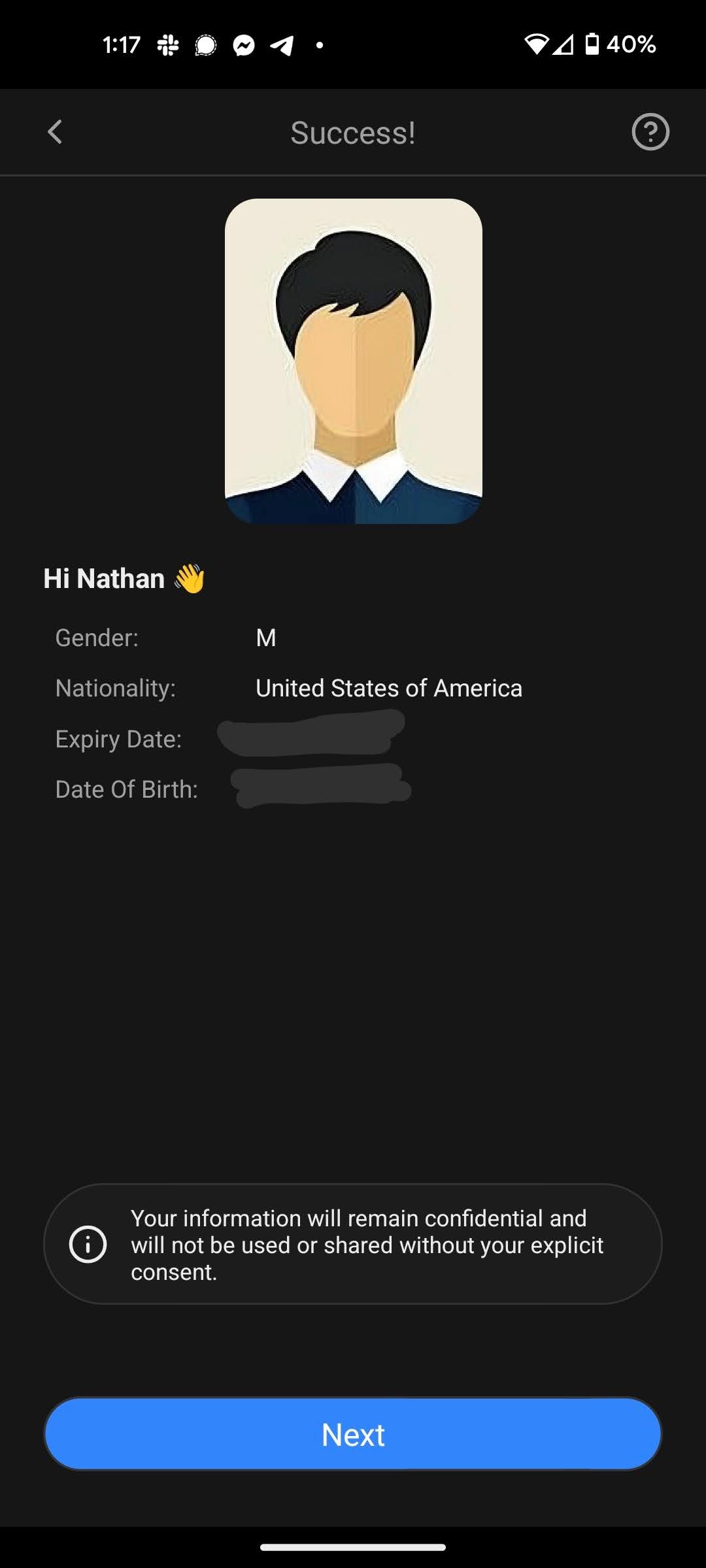
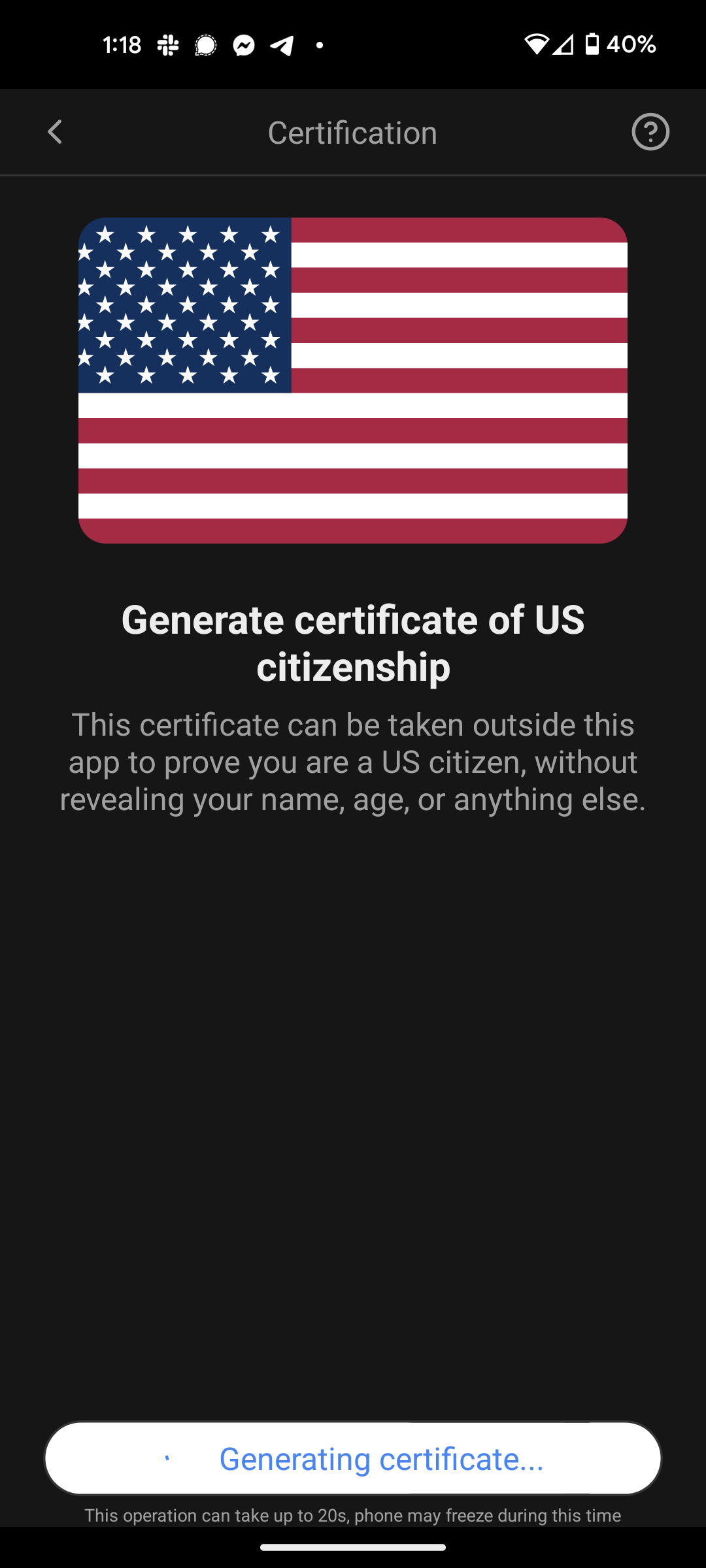
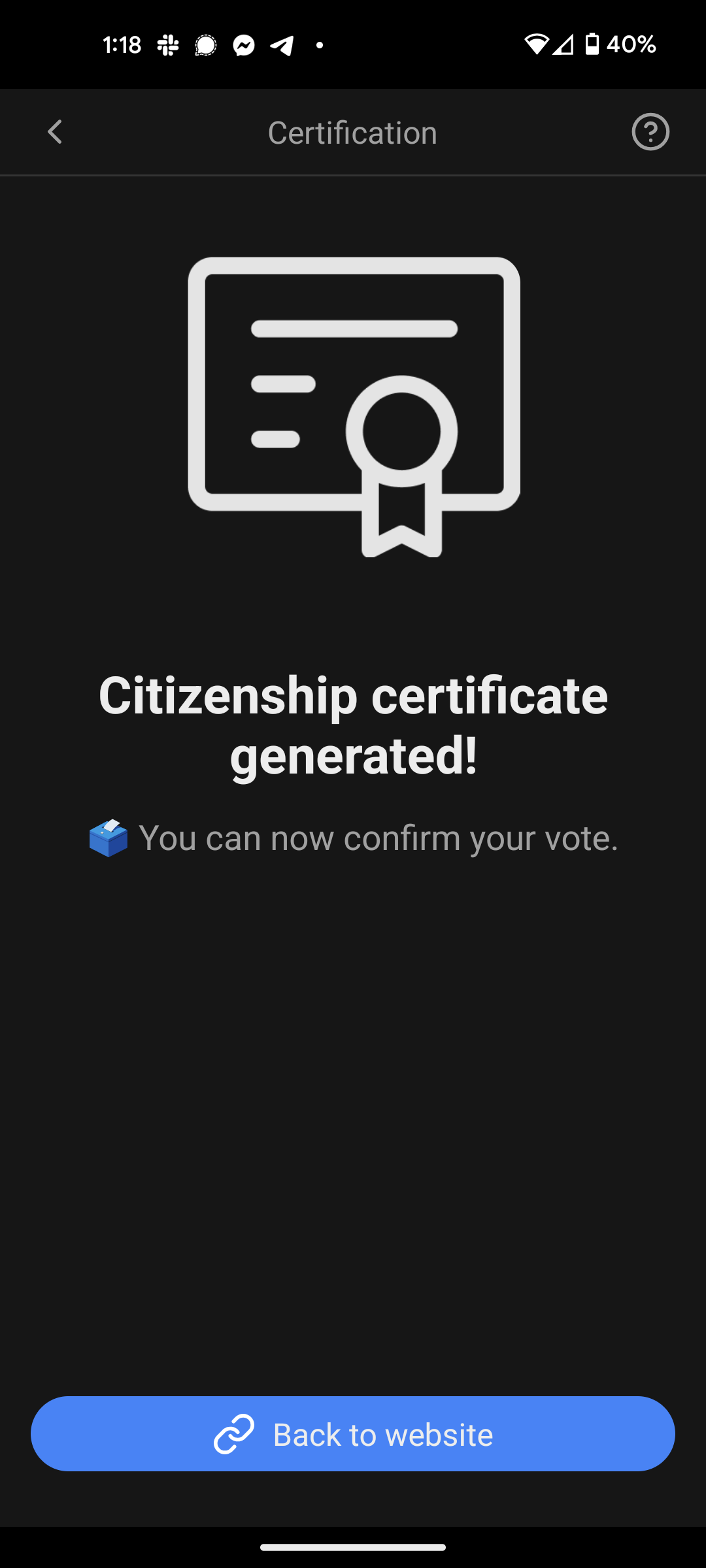
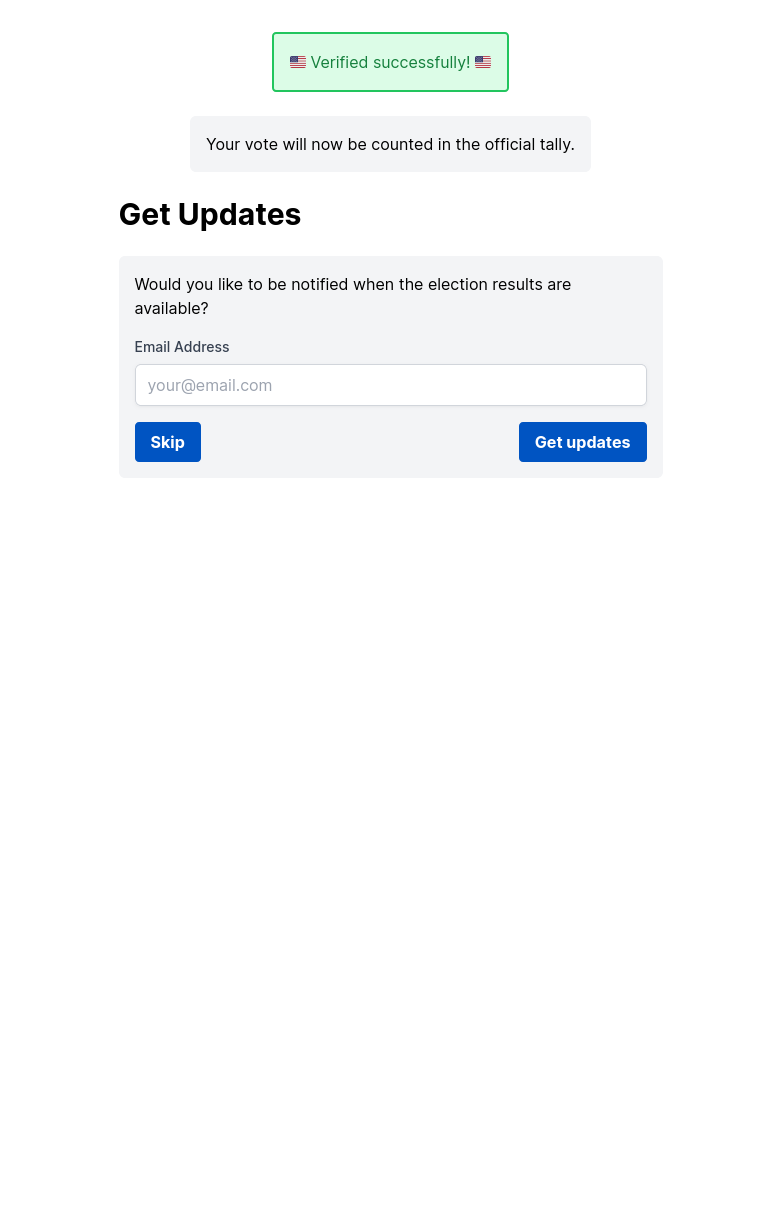

Final results
The primary ran for only a few days before Joe Biden stepped down and demand evaporated. In total, 230 votes were cast, with 11% (25) completing full passport verification.
Ranked Robin Voting System
We used a ranked-choice voting system called Ranked Robin. Voters ranked everyone in order of preference instead of just voting for just one. To figure out who won, all the candidates are compared in 1-1 match-ups against each other to see who was ranked higher by the most voters. Whoever wins the most match-ups is declared the winner.
This system allows you to vote for your true preferences without worrying about "wasting" your vote. You can put a less well-known candidate as your top choice and still have your vote count towards more popular candidates if your first choice doesn't win. This encourages honest voting and removes the risk of one candidate "spoiling" the votes of another, while ensuring your vote always has an impact on the final outcome. For a detailed analysis of this voting system, see why the Equal Vote Coalition strongly recommends it.
1-1 Matchup wins
| Candidate | Matchups Won |
|---|---|
| 👑 Gretchen Whitmer | 9 |
| Pete Buttigieg | 8 |
| Gavin Newsom | 7 |
| Dean Phillips | 6 |
| Kamala Harris | 5 |
| Bernie Sanders | 4 |
| Joe Biden | 3 |
| Elizabeth Warren | 2 |
| Robert Kennedy Jr | 1 |
| Marianne Williamson | 0 |
Gretchen Whitmer was ranked above everyone else
It doesn't always happen this way, but in our case Gretchen Whitmer was actually preferred over each other option by a majority of voters. This doesn't mean everyone ranked her first, it just means that on average, she was higher on voters' ballots than each other candidate.
Gretchen Whitmer
Pete Buttigieg
Gretchen Whitmer
Gavin Newsom
Gretchen Whitmer
Dean Phillips
Gretchen Whitmer
Kamala Harris
Gretchen Whitmer
Bernie Sanders
Gretchen Whitmer
Joe Biden
Gretchen Whitmer
Elizabeth Warren
Gretchen Whitmer
Robert Kennedy Jr
Gretchen Whitmer
Marianne Williamson
Joe Biden vs. The World
How did people rank Joe Biden relative to other candidates? Or in other words, how much did voters want Joe Biden to step down in favor of someone else?
Joe Biden
Gretchen Whitmer
Joe Biden
Pete Buttigieg
Joe Biden
Gavin Newsom
Joe Biden
Dean Phillips
Joe Biden
Kamala Harris
Joe Biden
Bernie Sanders
Joe Biden
Elizabeth Warren
Joe Biden
Robert Kennedy Jr
Joe Biden
Marianne Williamson
All head-to-head matchups, win percentage
Of the people who expressed a preference between each pair, what percent of the time was the person on the left ranked above the person at the bottom?
| Gretchen Whitmer (9 wins) | - | 67% | 64% | 78% | 83% | 79% | 83% | 96% | 84% | 91% |
|---|---|---|---|---|---|---|---|---|---|---|
| Pete Buttigieg (8 wins) | 33% | - | 63% | 78% | 67% | 83% | 96% | 83% | 83% | 91% |
| Gavin Newsom (7 wins) | 36% | 38% | - | 58% | 67% | 75% | 91% | 88% | 83% | 87% |
| Dean Phillips (6 wins) | 22% | 22% | 42% | - | 57% | 57% | 77% | 68% | 81% | 84% |
| Kamala Harris (5 wins) | 17% | 33% | 33% | 43% | - | 62% | 68% | 71% | 65% | 81% |
| Bernie Sanders (4 wins) | 21% | 17% | 25% | 43% | 38% | - | 55% | 57% | 62% | 79% |
| Joe Biden (3 wins) | 17% | 4% | 9% | 23% | 32% | 45% | - | 52% | 55% | 76% |
| Elizabeth Warren (2 wins) | 4% | 17% | 13% | 32% | 29% | 43% | 48% | - | 62% | 65% |
| Robert Kennedy Jr (1 win) | 16% | 17% | 17% | 19% | 35% | 38% | 45% | 38% | - | 53% |
| Marianne Williamson (0 wins) | 9% | 9% | 13% | 16% | 19% | 21% | 24% | 35% | 47% | - |
| ⬆️ beats ➡️ | Gretchen Whitmer | Pete Buttigieg | Gavin Newsom | Dean Phillips | Kamala Harris | Bernie Sanders | Joe Biden | Elizabeth Warren | Robert Kennedy Jr | Marianne Williamson |
Audit these results yourself
If you're surprised by the result, you don't have to take our word for it—thanks to Proof of Passport and SIV, we have a privacy-preserving paper trail so you can verify for yourself that all of these votes came from unique US citizens.
1. Only unique US citizens were counted
Try creating a fake proof by editing the data, and see if it passes verification. Edit the verification code to see for yourself what's happening under the hood. Refresh the page to reset the data.
Verification Code
This code confirms two key things:
- This voter has passport data with the claimed Nullifier, and they intended to verify on behalf of the claimed Registration ID. (explained below)
- That passport data was digitally signed by the US Government.
Citizenship Proofs
Nullifier: The cryptographic hash of the signature; a random number unique to every passport. This is used to prevent someone from using the same passport to verify multiple votes—we've already filtered out three duplicates that were submitted.
Registration ID: A random ID assigned to each encrypted vote.
These confirm who was in the set of voters but does not reveal their individual votes.
Note: to verify the correctness of the proof setup and circuits themselves, see this.
2. We did not tamper with any of the votes
Confirm that the Registration IDs match and add up the vote totals yourself to verify our results.
In the window below, click "Show Encrypted Submissions" to see each of the above Registration IDs associated with each person's encrypted vote (in the "auth" column). We had several independent Observers each shuffle the votes before decrypting them, so no one knows which vote is associated with which Registration ID. Each of the Observers submits more unforgeable zero-knowledge proofs that they did not modify the set of votes during their shuffle. If they had modified a vote, it would be corrupted gibberish once decrypted; if they had added a fake vote, the zk proof would fail.
If you are one of the voters, you can go back to the vote confirmation page on the device you voted from, find your secret verification #, and confirm that your vote appears in this list exactly as you cast it.
Known issues
No system is ever 100% secure. Different voting methods are vulnerable to different types of failures. In exchange for being able to vote for free, from home, with no setup, we had to take on a few shortcomings:
Passive Authentication: Anyone who has ever gotten ahold of your physical passport could have stolen the data off of it and used that to vote as you later. This is especially concerning when you consider that major airlines handle millions of passports per year, and may have a large financial interest in having them all vote the same way.
Solution: Ideally the government would issue IDs with Active Authentication, rather than the current Passive Authentication, which are not vulnerable to this failure. Instead of the ID containing basically a password that can be copied, the ID is itself a key which you must have access to at the time of voting, not just at some point in the past. A few countries already have this, and it's much more secure.
Centralized passport issuance: The government, or any employee with the ability to create valid passports, could manufacture lots of fake citizens and generate valid votes from that. This would be very hard to detect by design: we don't want anyone to be able to tell your vote apart from anyone else's.
Solution: This is quite hard to fix. At some level, the government is always trusted to honestly determine who is allowed to register to vote, and it's hard to avoid that. One policy which would help is publically broadcasting the nullifier of every new passport created, so people could notice if there's a large spike close to the election, or many more are being issued than the actual number of citizens.
Registration ID not cryptographically linked to vote: Astute readers will notice that we could have inserted fake encrypted votes next to the real verified Registration IDs. Individual voters would notice immediately because their Verification # would be missing from the results, but observers have no way to tell.
Solution: This was an oversight on our part in the rush to integrate SIV with Proof of Passport. A fix is already in progress for next time.
Takeaways for real elections
Obviously, we should not require a passport to vote in the real elections; only half of the country has one. We needed something fast, free, and 100% online, which made passports the only option available for this primary. To get the great security, transparency, and auditability we had here in a real election, we could mail every voter a unique code to take the place of the unique passport data. States already maintain the list of registered voters and their addresses, and mail out millions of (currently untraceable) ballots every year. This simple setup would be much better than the system we already use.
Last but not least, ranked choice voting allowed us to let people choose between more than two options without worrying about spoiler effects and wasted votes. Adopting Ranked Robin or STAR voting would give voters much more say, and lead to more consensus, representative outcomes.
🇺🇸 Long live the Great American Experiment! 🇺🇸